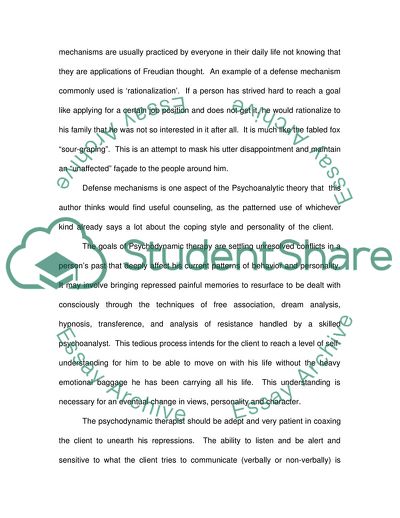Cite this document
(The Psychological Theories behind Some Counseling Mediums Term Paper, n.d.)
The Psychological Theories behind Some Counseling Mediums Term Paper. https://studentshare.org/psychology/1706811-critically-consider-psychological-theories-of-human-development
The Psychological Theories behind Some Counseling Mediums Term Paper. https://studentshare.org/psychology/1706811-critically-consider-psychological-theories-of-human-development
(The Psychological Theories Behind Some Counseling Mediums Term Paper)
The Psychological Theories Behind Some Counseling Mediums Term Paper. https://studentshare.org/psychology/1706811-critically-consider-psychological-theories-of-human-development.
The Psychological Theories Behind Some Counseling Mediums Term Paper. https://studentshare.org/psychology/1706811-critically-consider-psychological-theories-of-human-development.
“The Psychological Theories Behind Some Counseling Mediums Term Paper”. https://studentshare.org/psychology/1706811-critically-consider-psychological-theories-of-human-development.


